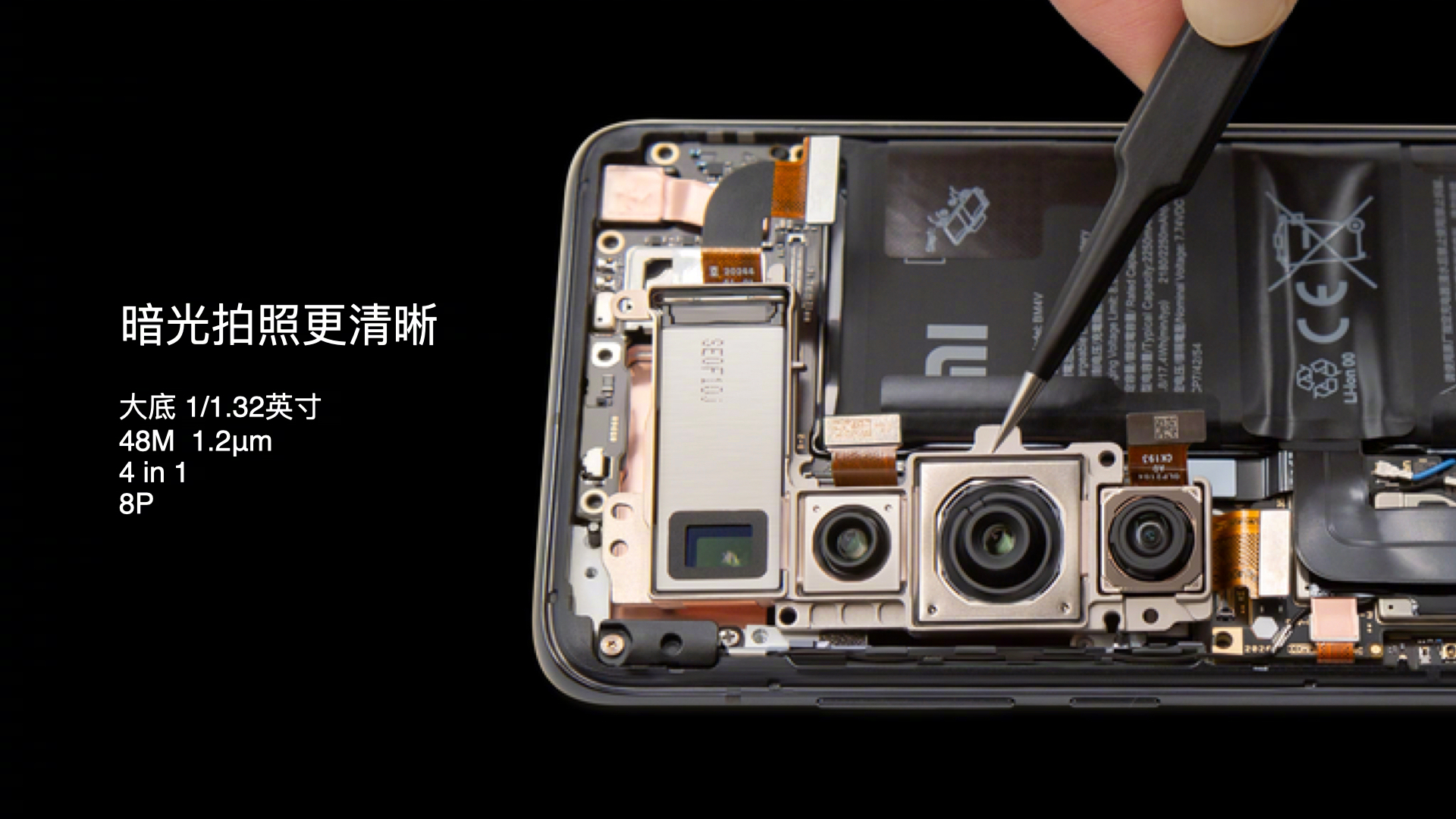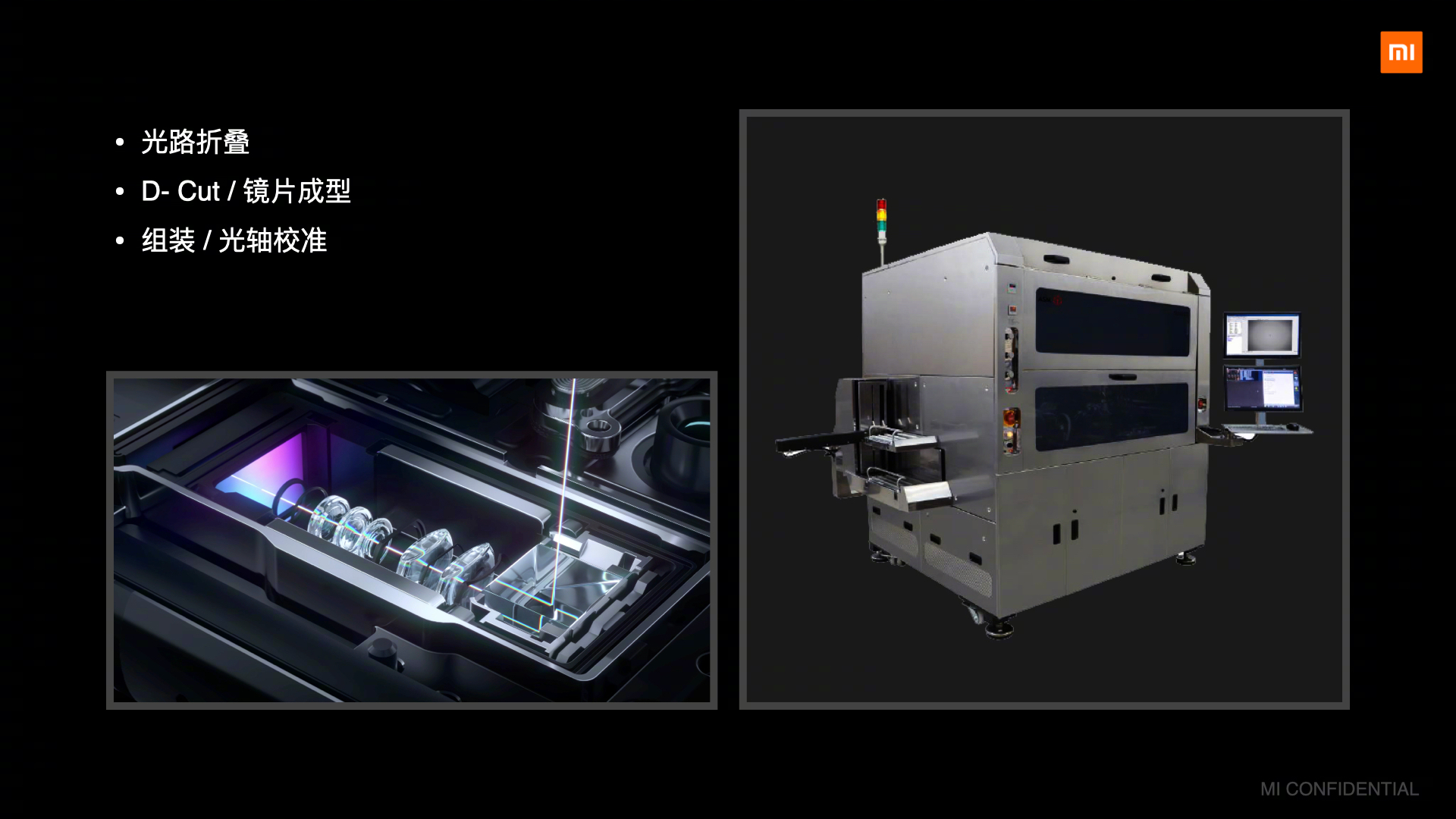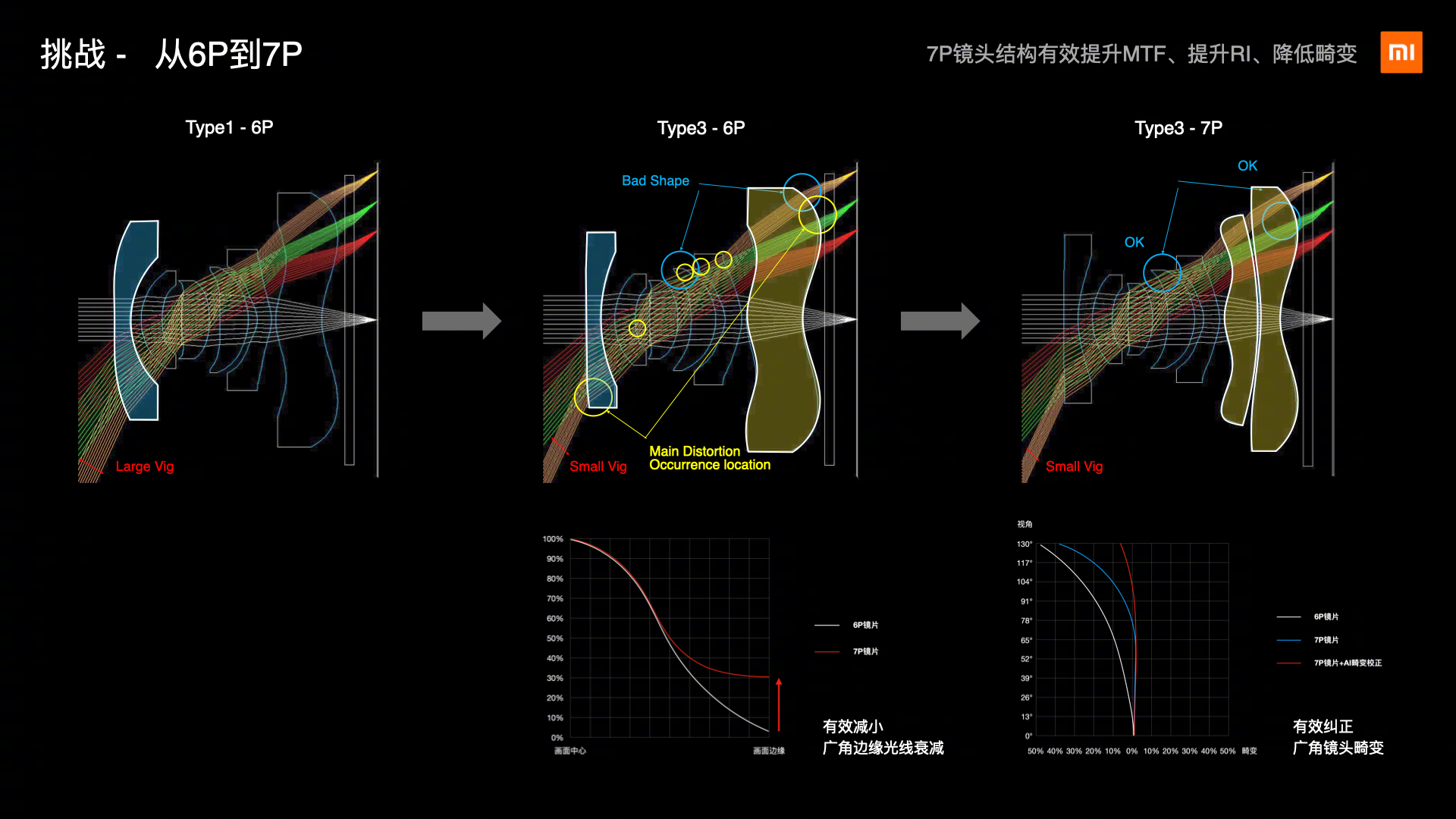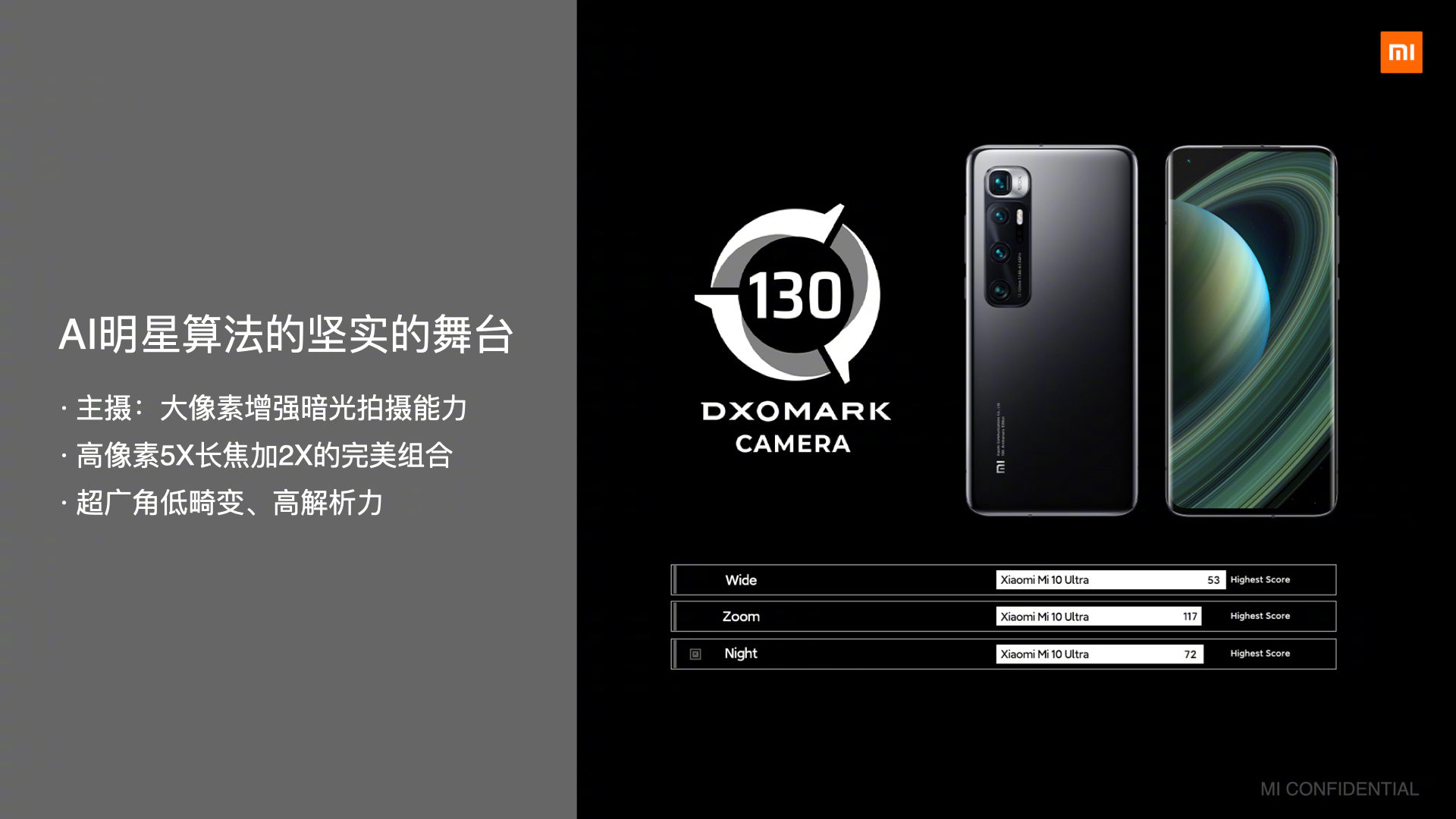At a special event celebrating Xiaomi's 10th anniversary in China, the company unveiled a number of stellar products, but the most impressive one for smartphone enthusiasts is definitely the Mi 10 Ultra, which will be their most powerful smartphone for 2020. As the name suggests, the phone aims to defeat the big flagships in the market such as Huawei P40 Plus and Samsung Galaxy note 20 ultra... The flagship phone has done a good job in this regard as it has managed to outperform the world's best camera phone by DxOMark - Huawei P40 Pro with a result of 130.
Xiaomi said Olga, about the technologies used in the Mi 10 Ultra camera. The camera is the result of several research efforts by engineers at numerous Xiaomi R&D centers around the world: Beijing, Shanghai, Shenzhen, Nanjing, Tokyo, Santiago, Bangalore, Paris and Tampere.
The main camera is equipped with a 1 / 1,32-inch 48MP sensor that can do single-frame HDR on-chip processing. Pixels are mainly divided into three categories: short, medium and long exposure. They are then combined into an HDR signal as the sensor reads the image line by line.
The Mi 10 Ultra is the first Xiaomi phone to record HDR10 video thanks to on-sensor processing. It also has a rare 8P lens design - an eight element lens that minimizes aberration. Each element added to a lens makes it exponentially harder (and more expensive) to manufacture.
Another challenge was making a telephoto lens perfect for this. The phone is equipped with a 48-megapixel Sony IMX586 sensor with a large aperture of 1 / 2,32 inches. The size of the sensor would make the module too thick to fit into the phone's frame. Due to this, Xiaomi had to use a D-notch lens to reduce it. D-cut lenses make optical image stabilization difficult, but after a few tries, the engineers did it right.
In addition, the Mi 10 Ultra's ultra-wide angle lens has a 128 ° field of view. It uses a 7P lens again to minimize distortion, especially around the edges of the image. This helps to improve resolution, so there is no need to programmatically correct the distortion.







